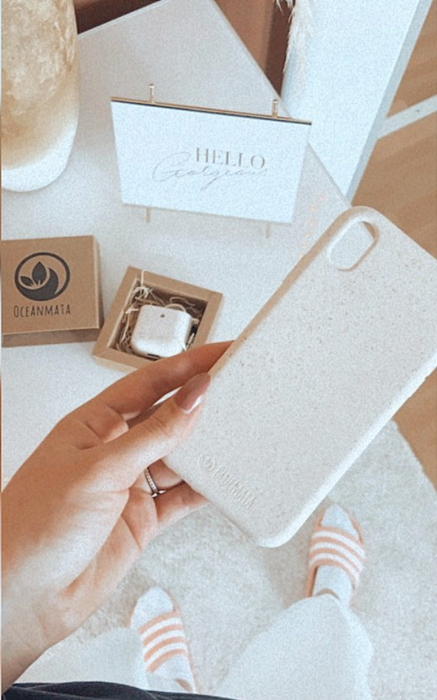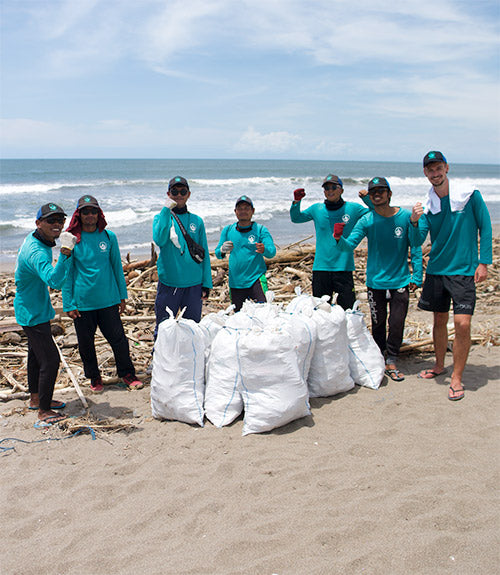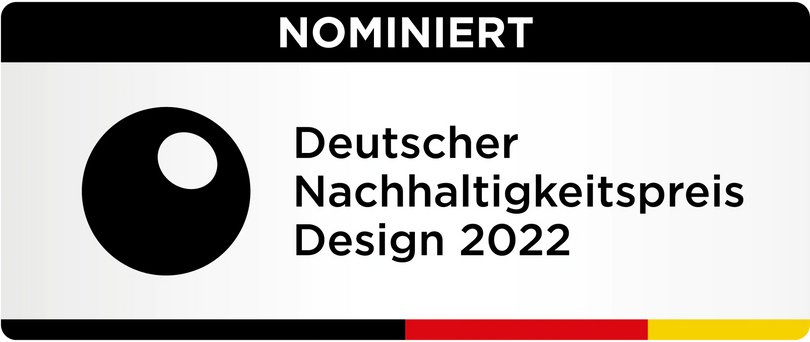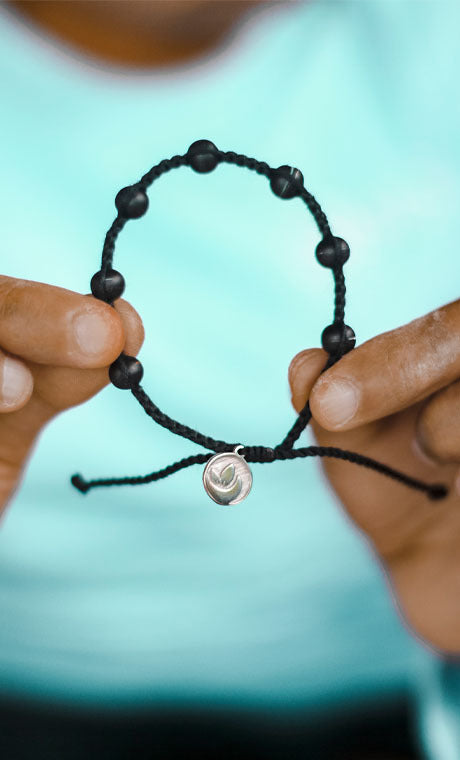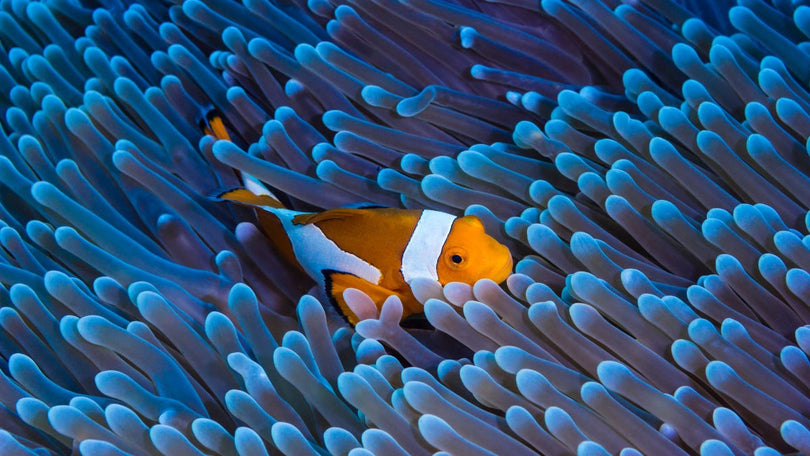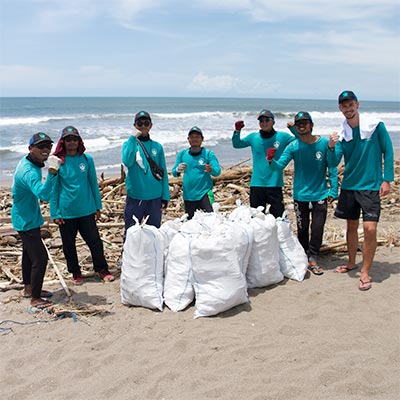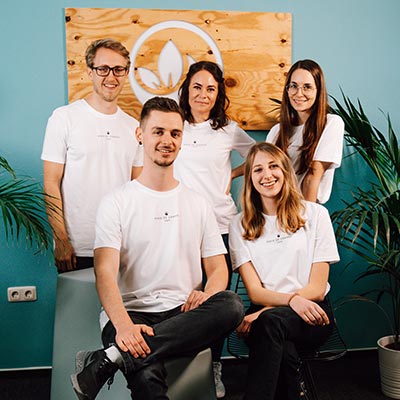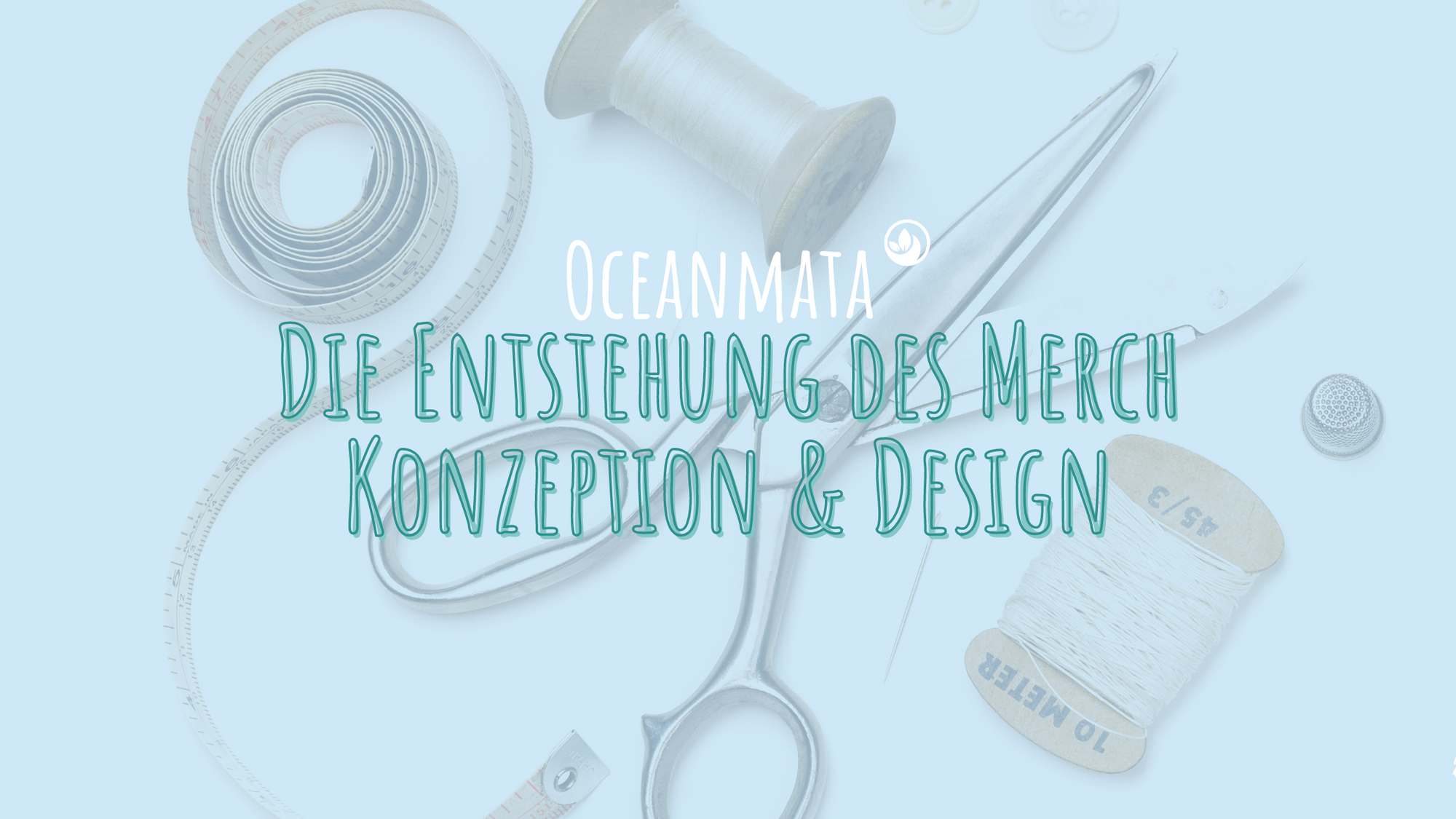If you Plastic in the bathroom thinks, appear before the inner eye directly Toothbrushes, cosmetic packaging, Q-tips, etc. But is that really all?
That would be nice, because a large part of plastic is invisible to the human eye and also hides in some products in the form of microplastics. Today we take a closer look and explain to you which visible and invisible sources of plastic lurk in your bathroom and how you can sustainably banish even the last bit of plastic from your personal wellness oasis and take a step towards sustainability in the bathroom.
There is considerable potential in daily oral hygiene. Starting with Everything from toothbrushes to dental floss, toothpaste, and mouthwash is primarily packaged in plastic or made of plastic in the form of microparticles.
It is only a small step, for example the common
plastic toothbrush with a pretty
Wooden alternative to replace, but you can make a statement with it.
Vegan and plastic-free dental floss without harmful ingredients you can now get from some suppliers, one of them for example
Bamboo love. Just like toothpaste, because these days you can also get toothpaste in glass jars, toothpaste powder, or toothpaste tablets.
|
...we need an average of four toothbrushes per calendar year, because they should be replaced every three months. In Germany, that equates to approximately 332 million toothbrushes ending up in the trash each year (plus packaging, which is also made of plastic).
|
|
...if you want to go a step further, you can also consider regionality. There are now toothbrushes made of beechwood , for example, from Alverde at dm. This wood is even FSC-certified !
|
|
...some alternative toothbrushes have bristles made of conventional nylon , which, strictly speaking, would have to be removed from the toothbrush and disposed of separately for recycling. The fully recyclable alternative is bamboo viscose .
|
You have taken a look at the blog survey and DIY desired, you get a touch of DIY in the form of a homemade mouthwash for better breath.
- 250 ml lukewarm water
- 20g xylitol (also called birch sugar, available at health food stores)
- 1 teaspoon baking soda
- 5 drops of high-quality peppermint essential oil
- Empty glass bottle
Pour baking soda and xylitol into the glass bottle, then add warm water. Shake vigorously and finally add the essential oil. Done!
Personal care also involves a number of products that can easily be replaced with more environmentally friendly alternatives. solid shampoos and conditioners, body soaps, solid deodorants, and numerous natural cosmetics brands that also offer the right environmentally friendly care for the face.
A personal recommendation from the heart is the cosmetics of the company
Junglück . The products are vegan, contain no additives or plastic, and a tree is planted for every product you purchase. Your skin will thank you.
And for those of you who want to try out a safety razor, you should definitely keep an eye on the website of
Wldoho Here you can see how beautiful sustainable razors can look these days!
Here are a few facts:
|
...Extrapolating to the 50 million people in Germany who use a plastic cotton swab every other day, that comes to 25 million cotton swabs per day . With an approximate weight of 0.5 grams, that's 12,500,000 grams of plastic waste per day ! Starting in 2021, the ban on plastic cotton swabs will finally be implemented across the EU.
|
|
... 1,000 tons of microplastics end up in our wastewater every year from the use of cosmetic products, and ultimately in the soil (this refers only to solid microplastics. The liquid portion is much higher). Through the natural cycle, these substances often end up re-entering our bodies via the air and food/water.
|
|
... figuratively speaking, you can imagine that we consume an average of 5 grams of plastic per week , including the microplastics contained in cosmetics, which is roughly equivalent to a credit card.
|
Of course, here is also a DIY option for you to easily create a scrub without microplastics!
- 10 grams of coconut oil
- 100 grams of salt or sugar
- 1 orange
Peel the orange and dry the peels either on the radiator or in the oven at 50 degrees Celsius. Then put them in the blender and grind them finely! If the coconut oil is solid, heat it slightly to make it liquid. Now simply add the small orange peels and the sugar and mix everything together. Your scrub is ready!
When it comes to menstrual hygiene, there are quite a few products on the market these days. The well-known tampons, pads, period sponges, and menstrual cups. But there are also Period underwear . What may sound a bit strange at first is a game changer for many. We have taken a look at the company femtis took a closer look and found it to be good!
Far away from granny panties and love killers, the period underwear from
femtis , which is based in Karlsruhe. Divided according to the strength of the days, there is something for everyone. The company uses its
production on
Sustainability and high-quality materials are also important.
fair working conditions and fair pay for employees ! The panties are
100% vegan and produced without animal suffering.
You're also in good hands when it comes to menstrual hygiene at
The Female Company ! If you're not entirely comfortable with period underwear, you'll find sustainable
Tampons, panty liners, and menstrual cups . Produced in a CO2-neutral manner, plastic-free, and without chemicals, pesticides, or additives.
Why should you consider sustainability when it comes to menstrual hygiene? We'll tell you!
|
... because the female body has a genetically higher fat content than the male, it is easier for the Pollutants This can lead to Hormonal disorders and other diseases Tampons and sanitary pads are often contaminated with harmful substances that can endanger women's health.
|
|
... Sanitary pads are made of up to 90% plastic, while tampons contain as much as 6% . Both can contain, among other things, hormone-disrupting substances bisphenol A (BPA) and bisphenol S (BPS).
|
|
... among other places in Germany, are created by the Menstrual products generate 75,000–125,000 tons of waste . More than 600,000 full bathtubs!
|







